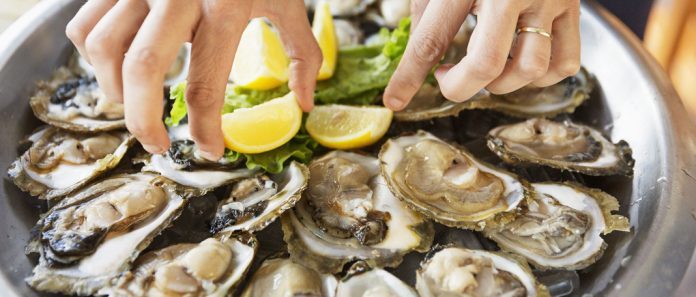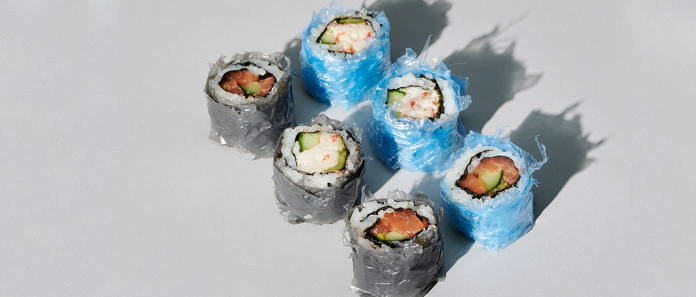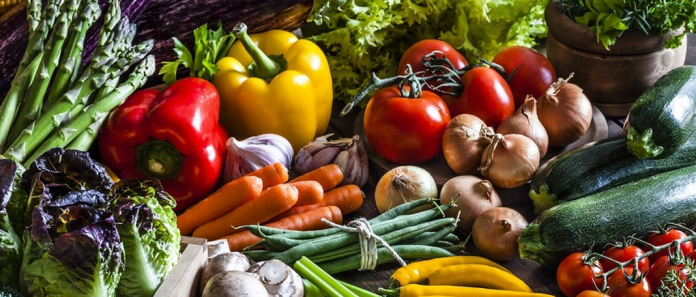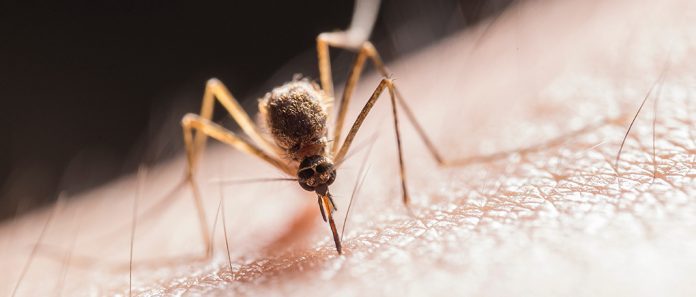Can you Eat Oysters Raw?
Yes, you can eat oysters raw. In fact, raw oysters are a popular delicacy and are enjoyed by many people around the world. When consumed raw, oysters have a unique taste and texture that some people find enjoyable.
However, there are a few important considerations when eating raw oysters:
- Freshness: It is crucial to ensure that the oysters are fresh. Oysters should be alive when consumed raw, and they should be purchased from reputable sources known for their seafood quality. Fresh oysters have tightly closed shells or will close their shells tightly when tapped, indicating that they are still alive.
- Shucking: Oysters have a hard shell that needs to be opened before eating. Shucking oysters requires some skill and the right tools, such as an oyster knife. It is recommended to have someone experienced in shucking oysters do it for you or to seek proper guidance if you’re doing it yourself for the first time.
- Food Safety: Raw oysters carry a risk of foodborne illnesses, particularly from bacteria called Vibrio vulnificus or Vibrio parahaemolyticus. These bacteria are naturally present in coastal waters where oysters are harvested. To minimize the risk, it is advisable to consume oysters from reliable sources that follow proper handling, storage, and transportation practices. It is also recommended to avoid consuming raw oysters if you have a compromised immune system or if you are pregnant.
- Condiments: Raw oysters are often served with condiments like lemon wedges, cocktail sauce, mignonette sauce, or hot sauce. These accompaniments can enhance the flavor of the oysters and complement their natural brininess.
It’s important to note that while raw oysters are enjoyed by many, they may not be to everyone’s liking. Some people find the texture or taste of raw oysters off-putting.
What is inside an oyster?
Oysters are shellfish that are soft and slimy. They taste like the ocean. This is mainly because oysters are usually found in marine or brackish waters. These waters expose oysters to a lot.
Bacteria
Oysters can be exposed to natural bacteria in the water they live. These bacteria do not affect them but the humans who consume them.
Parasites
Having a shell does not make oysters immune to parasites in water. Consuming raw oysters also means consuming an unknown parasite in them.
Viruses
The water from which the oyster gets harvested may be infected with viruses from the feces of humans or animals.
Handling
Apart from all this, oysters can be contaminated by the person handling their harvesting if using unclean hands.
All these factors can lead to raw oysters’ health risks.
Can Pregnant Women Eat Raw Oysters
When it comes to consuming raw oysters, it is generally recommended that pregnant women avoid them due to the potential risk of foodborne illnesses. Raw oysters may harbor bacteria like Vibrio vulnificus or Vibrio parahaemolyticus, which can lead to infections.
Pregnant women, as well as individuals with compromised immune systems, are more vulnerable to these bacterial infections and their potential complications. Therefore, to minimize the risk, it is advisable for pregnant women to refrain from eating raw oysters.
However, it’s essential to note that thoroughly cooked oysters are considered safe for consumption during pregnancy. Cooking oysters to an internal temperature of 145°F (63°C) can help eliminate harmful bacteria and reduce the risk of foodborne illnesses. Consequently, pregnant women can enjoy oysters that have been properly cooked, such as grilled, steamed, or fried oysters.
If you’re pregnant and have a craving for oysters, it is recommended to consult with your healthcare provider or obstetrician for personalized advice. They can provide specific recommendations based on your individual circumstances and health history, taking into account any potential risks or concerns.
It’s important to prioritize the health and well-being of both you and your baby during pregnancy, and following professional medical advice is crucial in making informed decisions about your diet and nutrition.
Who should not eat raw oysters?
People with great immune systems rarely face health risks from eating raw oysters. But it is not the same case for others. Consuming raw oysters cause serious illness and in some cases, even death in people with the following health conditions.
- Liver disease
- Alcoholism
- Diabetes
- HIV
- Cancer, specifically lymphoma, leukemia, and Hodgkin’s disease
- Achlorhydria
- Hemochromatosis/hemosiderosis
- Chronic bowel and stomach diseases
- Steroid dependency
- Anyone who is immunocompromised
How to Eat Raw Oysters Safely
To safely consume raw oysters, follow these guidelines:
- Purchase from reputable sources: Choose oysters from trusted suppliers to ensure they are fresh and properly handled.
- Check for freshness: Look for tightly closed shells or ones that close when tapped. Avoid oysters with cracked or open shells.
- Keep them cold: Store oysters on ice or in a refrigerator at temperatures below 40°F (4°C) until ready to eat.
- Clean and shuck carefully: Scrub the shells with a brush under running water to remove dirt. Use a sturdy knife to open the oysters, taking care to avoid injury.
- Discard any oysters that don’t open: If an oyster doesn’t open during cooking, discard it as it may not be safe to consume.
- Serve immediately: Enjoy raw oysters immediately after shucking. Keep them chilled on a bed of ice and consume them within a day.
- Avoid high-risk groups: Pregnant women, individuals with compromised immune systems, and the elderly should avoid consuming raw oysters.
- Be aware of allergies: Some people may be allergic to oysters or shellfish. Watch for any signs of allergic reactions and seek medical help if needed.
Remember, consuming raw oysters carries inherent risks, so it’s essential to make informed choices and prioritize your safety.
How to Make Raw Oysters at Home
Making raw oysters at home requires careful preparation and handling to ensure safety. Follow these detailed guidelines:
- Purchase fresh oysters: Buy live oysters from reputable seafood markets or suppliers. Look for tightly closed shells that feel heavy for their size.
- Store properly: Keep the oysters refrigerated at temperatures below 40°F (4°C). Place them in a bowl or container covered with a damp cloth or wet paper towels to maintain moisture.
- Clean the oysters: Before shucking, rinse the oysters under cold running water to remove any dirt or debris on the shells. Use a brush to scrub gently.
- Prepare for shucking: Use an oyster knife or a sturdy, pointed knife specifically designed for shucking. Hold the oyster firmly, flat side up, using a towel or an oyster glove to protect your hand.
- Shuck the oysters: Insert the knife into the hinge of the oyster, applying gentle pressure and twisting the knife to pry the shell open. Slide the knife along the top shell to separate it from the bottom. Discard the top shell.
- Detach the oyster: Carefully detach the oyster from the bottom shell using the knife, being cautious not to spill the natural juices (liquor) within. Leave the oyster in the deeper half of the shell.
- Serve on ice: Arrange the shucked oysters on a bed of crushed ice or rock salt to keep them chilled. This helps maintain their freshness and flavor.
- Garnish and enjoy: Serve raw oysters with traditional accompaniments like lemon wedges, mignonette sauce, cocktail sauce, or hot sauce. Alternatively, enjoy them plain to savor their natural taste.
- Consume immediately: Raw oysters are best enjoyed immediately after shucking to ensure optimal freshness. Discard any oysters that don’t open during shucking.
Remember to practice safe food handling, maintain cleanliness, and follow local health guidelines when preparing and consuming raw oysters at home.
How to avoid it?
It is a myth that adding lime juice, salt, or Tabasco sauce to raw oysters will kill any harmful bacteria in them. Only cooking oysters in boiling water will kill the disease-causing bacteria in them. Therefore, always prefer cooked oysters over raw oysters.
Experts say that summer months are the most suitable for the disease-causing bacteria to survive in water. Hence infections from consuming raw oysters are high during this season. Avoid eating raw oysters during the summer.
Finally, is it safe to eat raw oysters?
People who are immunocompromised/ have a weak immune system should steer clear of eating raw oysters. Your body’s immunity decides the raw oyster health risks you may face. If you are facing any of the above symptoms from consuming raw oysters, kindly consult your doctor immediately.





















